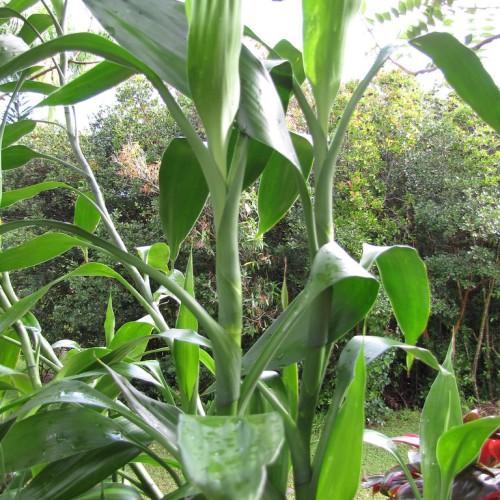
dracaena
Dracaena sanderiana
Cycle:
Herbaceous Perennial
Watering:
Average
Hardiness Zone:
9 - 12
Flowers:
Flowers
Sun:
part sun/part shade
Leaf:
Yes
Growth Rate:
Low
Maintenance:
Low
Drought Tolerant:
Yes
Tropical:
Yes
Indoors:
Yes
Care Level:
Medium
watering
Dracaena sanderiana should be watered thoroughly once a week. It's important to make sure that the soil is evenly moist but not water-logged. You should be careful not to over-water, as this can cause root rot. If the soil remains moist, then you can wait until it has dried out before watering again.
sunlight
The dracaena plant needs direct sunlight for at least 4 to 6 hours per day in order to grow and remain healthy. Bright, indirect sunlight is best for this species and should be provided for the majority of the day. Direct sunlight can be beneficial for the dracaena, but too much can be detrimental. Dracaenas should be positioned near a south-facing window, if possible, as this will provide the necessary bright, indirect light.
pruning
Pruning should be done twice a year, ideally in the spring and fall. In the spring, the stems of the plant should be cut back by a 1/3 to help promote healthier growth and remotivate the plant into new growth. Cut back the stems to the point you are comfortable with as it is very gentle on this particular species. In the fall, prune long, leggy stems to encourage a tighter, fuller shape. This helps maintain a well-rounded shape and avoids bare spots.
